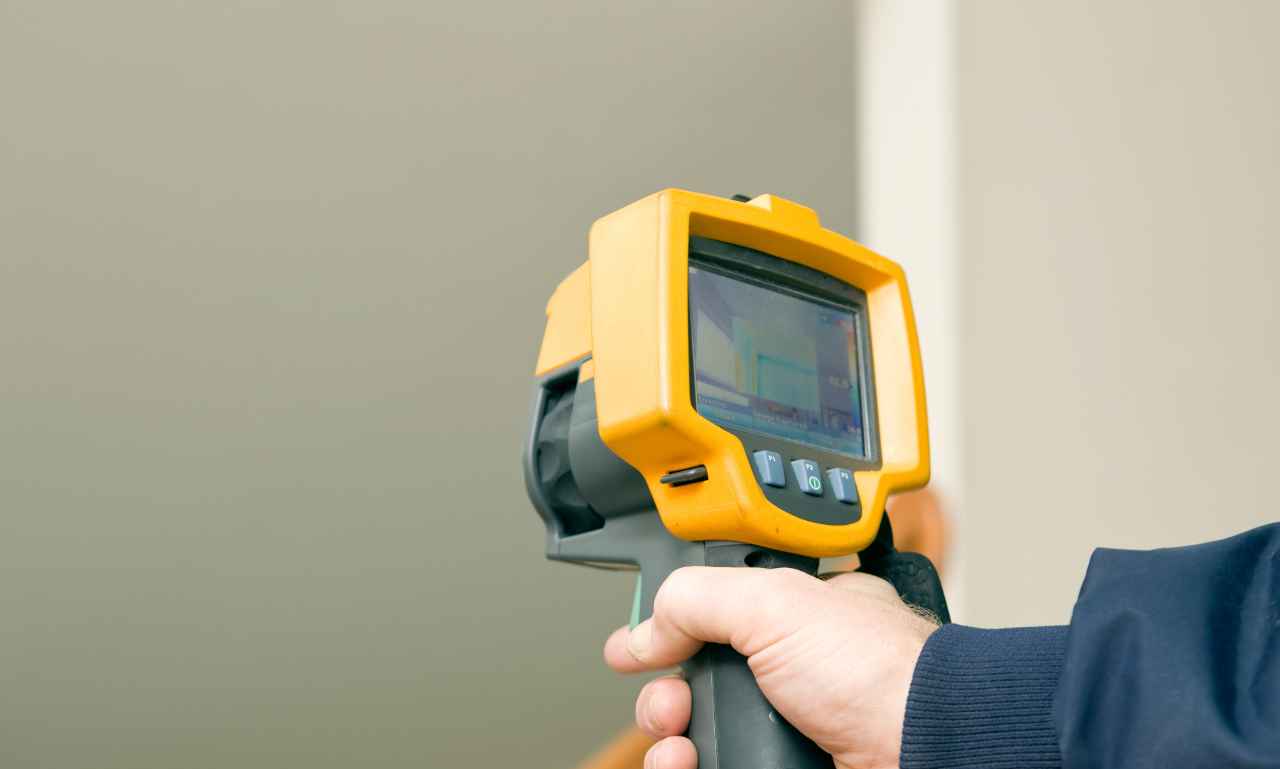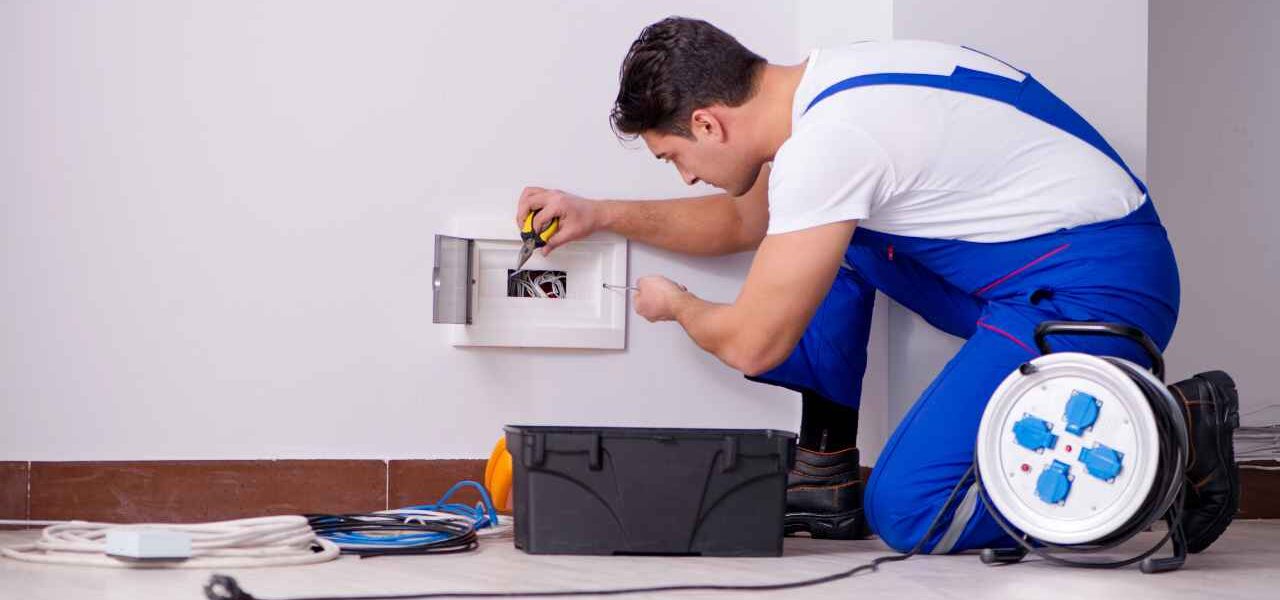Home inspections are essential when buying, selling, or caring for a property. It doesn’t matter if you own a home, want to buy one, or work in real estate; knowing why home inspections matter is vital. They help you make smart choices and keep the property safe and in good condition. This guide will explain the important home inspection tools helpful in examining properties.
But what exactly is a home inspection?
A home inspection is when someone checks a house to find any problems or areas that need attention. It ensures the home’s structure, electricity, plumbing, and safety are good. A home inspection lets buyers find hidden problems and make intelligent investment decisions. Homeowners can also benefit from inspections. They can determine what maintenance is needed. They can focus on repairs and ensure their property lasts a long time. Real estate professionals use home inspections to determine a property’s value. They can, thus, address any concerns from potential buyers.
Doctors need tools like stethoscopes, and home inspection professionals always have their tools. These tools help them carry out the necessary inspections. They use essential tools like flashlights and screwdrivers. And also special equipment like thermal imaging cameras and gas leak detectors. There are many different tools that professionals use to inspect a home. Suppose you’re interested in a career in home inspection or want to know more about a homeowner. This guide will give you the knowledge you need about home inspection tools.
Home inspection tools
Home inspection tools are handy for professionals to assess residential properties thoroughly. These tools are important for homebuyers, homeowners, and real estate professionals. They help us understand a property’s condition, safety, and maintenance requirements. Home inspection tools are of three kinds: basic, specialized, and advanced technology.
Basic Home Inspection Tools:
The foundation of any home inspection toolkit begins with a set of basic tools. It helps inspectors examine various aspects of a property. These tools are commonly used and are the starting point for any inspection. Here are some essential basic home inspection tools:
- Flashlight: A good flashlight is an important tool. It helps inspect dark spaces like basements, crawlspaces, and utility rooms. You can find hidden problems such as leaks, electrical issues, or damage in poorly lit areas.
- Screwdriver set: A versatile set of screwdrivers is a must-have. It allows you to remove covers, access panels, and examine fixtures. You can use it to check electrical outlets, HVAC systems, etc.
- Electrical tester: This tool helps you assess the safety of electrical systems. It ensures that outlets, switches, and electrical panels function and pose no dangers.
- Moisture meter: A moisture meter measures the amount of moisture in wood, drywall, or concrete. It helps identify potential leaks, mold, or water damage.
- Tape measure: Accurate measurements are important during home inspections. This is especially true when assessing room dimensions, window sizes, or clearances. A tape measure is a versatile tool in this regard. It helps you gather precise information for evaluation and documentation.
- Ladder: Inspecting roofs, attics, or elevated areas requires a ladder. It’s important to have a sturdy ladder with the right height and stability. It allows you to reach and examine these areas safely.
Specialized Inspection Tools:
Special inspection tools go beyond the basic ones. They provide detailed analyses of specific areas or systems in a property. These tools help inspectors give more accurate evaluations. Here are some examples of specialized inspection tools:
- Infrared camera: This is also called a thermal imaging camera. This tool helps inspectors spot temperature changes. It helps to find areas where energy is lost, or moisture is seeping in. It reveals leaks, insulation gaps, and electrical hotspots invisible to the naked eye.
- Gas leak detector: Flammable or toxic gasses, like natural gas or carbon monoxide, may be present in a property. Inspectors use this tool to find such gasses. It ensures the safety of occupants by detecting potential leaks from gas appliances, HVAC systems, or pipes.
- Circuit analyzer: This tool is used to check the electrical system’s condition and identify any problems with the wiring or faults. It helps inspectors determine if circuits are properly grounded. They can find faulty connections and detect potential fire hazards using this.
- Borescope: This is a flexible camera used to visually inspect areas that are hard to reach, such as plumbing pipes, ductwork, or wall cavities. It helps identify blockages, leaks, or signs of damage without requiring extensive dismantling.
- Radon detector: Radon is a harmful radioactive gas that can build up in homes. Radon detectors help inspectors measure the concentration of radon gas. They can then determine if measures must be taken to make the living environment safe.
- Combustible gas detector: This tool determines if any combustible gases, like propane or methane, are present in a property. Inspectors use combustible gas detectors to identify potential gas leaks from appliances, piping systems, or fuel storage areas.
Advanced Technology Tools:

Technology has dramatically changed how home inspections are done. Inspectors now have new tools that make their work faster, more accurate, and better at collecting data. Here are some examples of these advanced tools:
- Thermal imaging cameras: These cameras take pictures of heat patterns. It helps inspectors find problems like poor insulation, electrical issues, and water damage.
- Moisture detection sensors: These sensors quickly measure moisture levels in building materials. They help find hidden leaks, water damage, and where mold could grow.
- Digital inspection cameras: These cameras have long cables and small lenses. It allows inspectors to see into tight spaces like pipes or walls. They provide clear pictures and help document findings.
- Drones for roof inspections: Drones with high-quality cameras and stabilizing features help inspectors check roofs without climbing or risking their safety. They can take detailed aerial footage and spot potential issues.
- Mobile apps for documentation and reporting: Special apps for home inspections make it easier to take photos and write notes. It allows the creation of detailed reports and sharing findings with clients quickly and professionally.
By using these advanced tools, inspectors can offer more thorough assessments. They can provide detailed reports and give clients better service.
Choosing the Right Tools:
When it comes to home inspections, choosing the right tools is important. There are several factors to consider when selecting tools.
Factors to consider:
- a) Scope of inspections: Determine the type of inspections you will conduct. It could be general home inspections, specific systems (electrical, plumbing), or specialized areas (roofing, HVAC). Understanding the scope will help you identify the necessary tools for thorough assessments.
- b) Budget: Establishing a budget and considering your financial constraints is crucial. Prioritize essential tools that fit within your budget. Investing in quality tools that last longer and provide accurate results is better.
- c) Durability and quality: Look for tools made from durable materials. These can withstand regular use and different conditions. Seek out reliable brands by reading reviews and getting recommendations from experienced professionals.
- d) User-friendliness: If you’re a beginner, ease of use is crucial. Choose tools that are intuitive and need minimal training. Mechanisms with ergonomic design and clear instructions contribute to efficient inspections and accurate results.
Remember, as your expertise level grows, it’s important to evaluate and update your toolkit to meet the demands of your inspections. While only some people need professional-level tools, having a collection of basic tools is always helpful.
Proper Maintenance and Safety Measures
Follow these maintenance and safety steps to ensure home inspection tools work well and keep you safe. These practices will help your devices last longer and protect you during inspections.
Clean and store tools properly:
After each use, clean your tools well. Remove dirt and debris and make sure they’re dry. Store them in a dry and organized way to avoid damage or losing them. This will extend their lifespan and make them easy to find when needed.
Regularly calibrate and test tools:
It’s important to calibrate and test your tools. This ensures accurate measurements and reliable results. Calibration is vital for devices like moisture meters or thermal imaging cameras. Follow the manufacturer’s instructions for how often to calibrate and seek professional help if needed.
Wear personal protective equipment (PPE):
Home inspections can be dangerous, so wearing protective gear is crucial. PPE may include safety goggles to protect your eyes, gloves to shield against sharp objects or chemicals, and a respirator or mask for breathing in dusty or moldy environments. Always prioritize your safety by using the necessary PPE.
Follow safety guidelines:
Follow safety guidelines and regulations to prevent accidents and maintain a safe work environment. This includes using ladders properly, using fall protection when working at heights and being aware of electrical hazards. Follow local building codes, industry standards, and safety protocols to minimize risks during inspections.
By following these maintenance and safety measures, you can make your tools last longer, ensure their accuracy, and keep yourself safe during home inspections. Safety should always come first for a successful and secure inspection process.
Conclusion
It’s important to understand and use essential tools for home inspections. These tools help you assess properties thoroughly. You can make informed decisions and ensure safety and integrity.
In the ever-changing field of home inspections, it’s important to keep learning. Stay updated with technology advancements, and improve your toolkit. You can become a skilled home inspector by using essential tools and developing expertise—someone who offers homeowners and buyers valuable insights and peace of mind.
